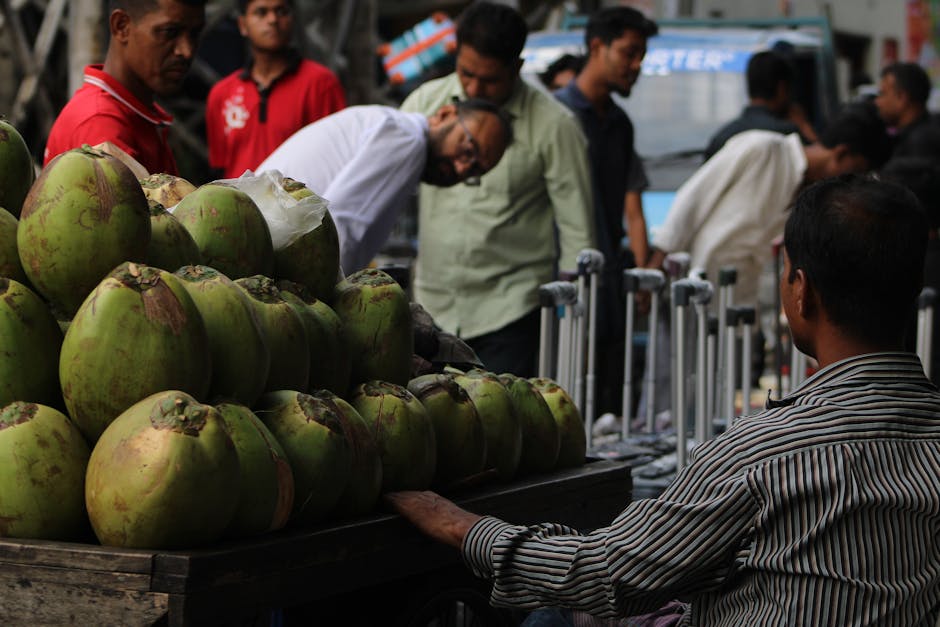Ikea India Reports 6% Revenue Growth, Eyes Profitability
Swedish furniture giant Ikea has marked a 6% year-on-year (YoY) sales increase in India, reaching ₹1,860 crore for FY2023-24. Since its 2018 debut, the company has steadily expanded and now aims for profitability by 2026 through strategic localization, omnichannel growth, and cost efficiency.
Key Drivers of Ikea’s Growth in India
- Omnichannel Strategy: Strong e-commerce adoption and urban store expansions in Hyderabad, Mumbai, Bengaluru, and Delhi.
- Localized Offerings: Affordable, space-saving solutions (e.g., ₹200 side tables) and India-specific products like tropical-climate mattresses.
- Sustainability Focus: Solar-powered stores, plastic-free packaging, and eco-friendly designs appeal to conscious consumers.
Challenges and Profitability Roadmap
Despite growth, profitability remains elusive due to high real estate and supply chain costs. Ikea plans to:
– Increase local sourcing from 30% to 50% to cut costs.
– Open 25 stores by 2025, including tier-2 city outlets.
– Compete with domestic rivals (Urban Ladder, Pepperfry) through global brand strength.
Susanne Pulverer, CEO of Ikea India, emphasized long-term commitment: “India is a strategic market—we prioritize sustainable growth over short-term gains.”
Future Expansion and Trends
- Tier-2 City Push: Rising demand for affordable furniture in smaller cities.
- ‘Make in India’ Alignment: Boosting local manufacturing to reduce import reliance.
- Premium Segment Edge: In-store experience and global supply chain differentiate Ikea from local competitors.
Conclusion
With a 6% revenue surge and clear localization strategies, Ikea is poised to leverage India’s growing middle class. Profitability by 2026 looks achievable if expansion and cost-saving measures stay on track.




